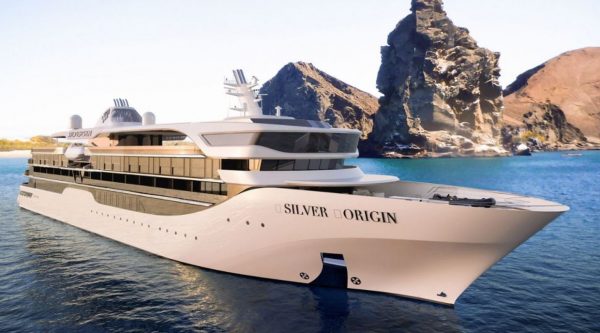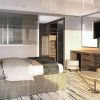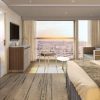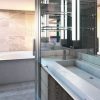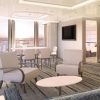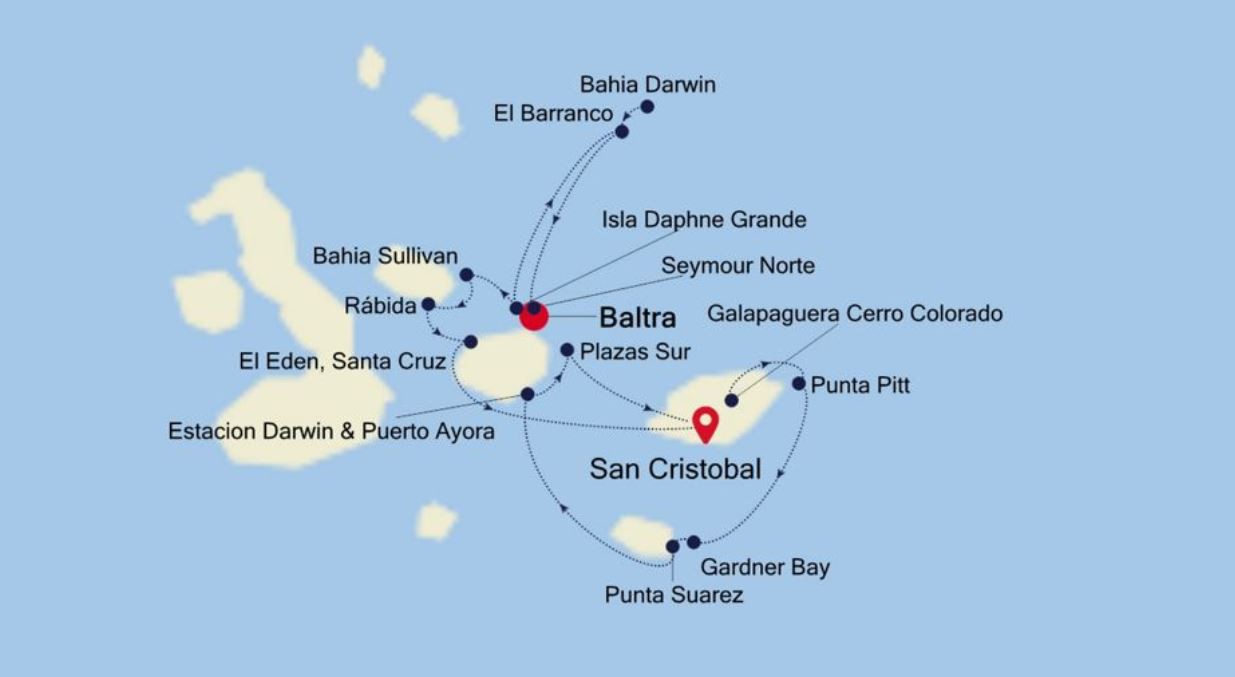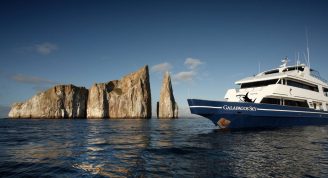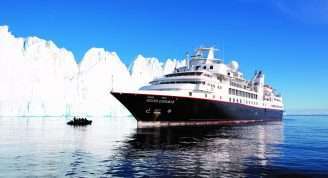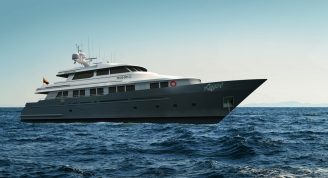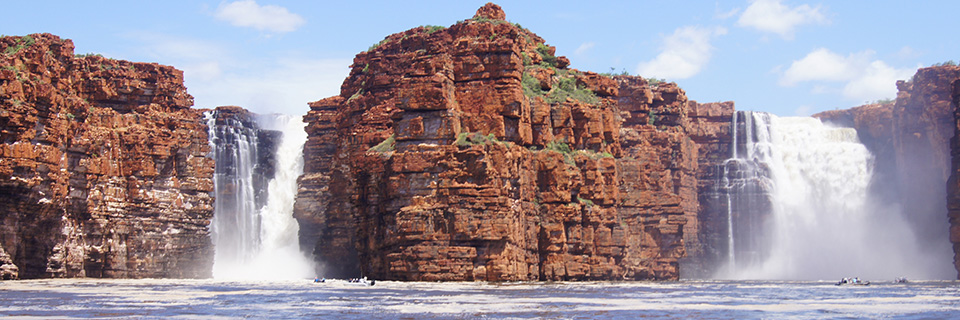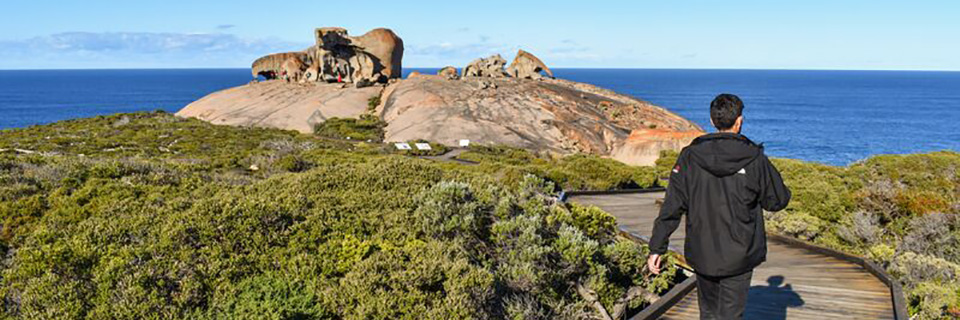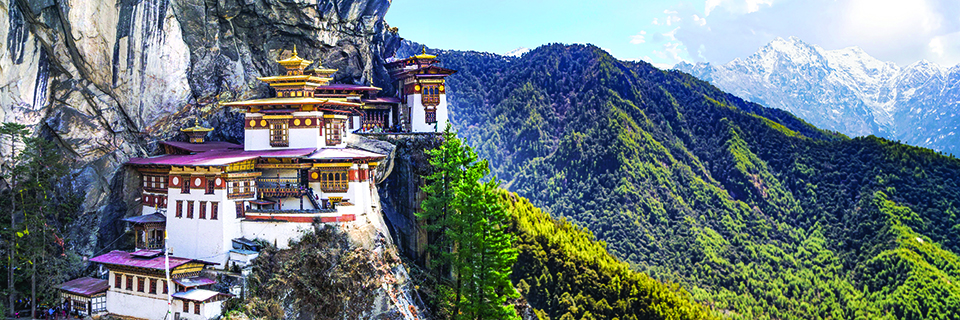Description
This 7-day cruise introduces you to the startlingly beautiful north central region of the Galapagos. The wildlife here, from lava lizards to giant tortoises, is thrillingly unafraid of humans. Gaze upon Pinnacle Rock as Darwin once did, take a Zodiac® boat along the scenic coast, explore natural lava tunnels and marvel at a spectacular underwater world while snorkeling in crystalline waters.
Trip Name
Baltra to San Cristobal Luxury Galapagos Cruise
Days
8
Overview
Vessel Type: Luxury Expedition
Length: 101 metres
Passenger Capacity: 100
Built: 2020
The first destination specific ship built by Silversea, Silver Origin is the height of experiential travel in the Galapagos. Never before have the islands been so superbly presented: a team of Ecuadorian national expert guides, the highest crew-to-guest ratio in the Galapagos, 8 Zodiacs, seamless hybrid spaces that offer an extraordinary voyage – for extraordinary people. All-suite accommodation, Horizon Balconies, butler service, sophisticated interiors, interactive basecamp, Ecuadorian inspired cuisine … no aspect of Silver Origin has been left to chance. The most environmentally conscious ship we have ever built, take a vertical leap and transform your idea of travel with Silver Origin.


